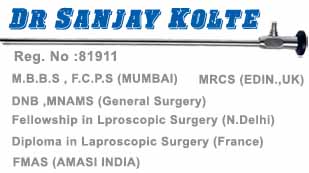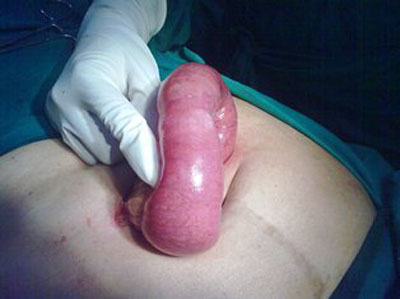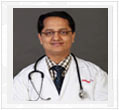Hernias
A hernia is a weakness or defect in the abdominal wall. It may be present from birth or develop over a period of time. If the defect is large enough, abdominal contents such as the bowels may protrude through the defect causing a lump or bulge felt by the patient.
Hernias develop at certain sites that have a natural tendency to be weak: the groin, umbilicus (belly button) and previous surgical incisions.
Signs and symptoms
- Lump in groin area when standing/straining and disappears when reclining
- Pain at the site of the lump, especially when lifting a heavy object
- Swelling of the scrotum
- Excruciating abdominal pain (if you have strangulation)
- Nausea, vomiting, loss of appetite and pain (if intestinal obstruction occurs)
Course of hernia
Once a hernia has developed, it will tend to enlarge and cause discomfort. If a loop of bowel gets caught in the hernia, it may become obstructed or its blood supply may be cut off. This could then become a life-threatening situation. Since hernias can be repaired effectively and with minimal risk, most surgeons therefore recommend that hernias be repaired when diagnosed, unless there is serious medical problem which makes it too risky.
Treatment
The standard method of hernia repair involves making an incision in the abdominal wall. Normal healthy tissues are cut until the area of weakness is found. The hernia is then repaired with sutures. Often a prosthetic material or another plastic material is sutured in place to strengthen the area of weakness. Finally, the skin and other healthy tissues that were cut at the beginning are sutured back together to complete the repair.
Newer hernia repair involves minimally invasive laparoscopic techniques. However, hernia operation with open techniques is still a valid option reaching the highest standards of care. Laparoscopic techniques of hernia repair are especially attractive when patients are dealing with recurrent hernias or bilateral inguinal hernias.
Click here to find out all about our Hernia youtube videos.



